Catskill bluestone Oct 26, 2023
What is Bluestone?
The Catskill Geologists; The Mountain Eagle 10-16-18
Robert and Johanna Titus
It would be hard to find a topic more emblematic of the Catskills than bluestone. It’s a stone that has been quarried hereabouts for nearly two centuries. It has mostly been fashioned into sidewalk slabs, but it has a large number of other uses as well. You can probably easily conjure up images of bluestone sidewalks in your mind’s eyes; there are so many of them still around. Then, you can probably also recognize buildings and churches made of the stuff. But just what is bluestone?

Bluestone is composed of large slabs of sandstone. Those sandstones are horizontally stratified, and, because of that, brawny quarrymen were able to excavate it and, using large sledge hammers and chisels, break it into those slabs. These were then shipped off to locations all over the eastern United States. Bluestone sidewalks last very long amounts of time. Also, they were skid resistant when it rained and, we think, very good looking. No wonder they were so popular. Are bluestones truly blue? We have always had a hard time finding bluestone that actually is “blue.” We understand that whatever blue there is comes from some of the clays that make up small components of these sandstones.
But, we still haven’t answered the question “what are bluestones.” Doing that means that we will have to travel back in time about 380 million years and visit the Catskills region as it was back then. It you have been reading our columns then you know that this was the Devonian time period and, back then, the Catskills region was an enormous delta. Rivers flowed across this, the Catskill Delta, and sands were deposited in their channels.
Flowing water picks up sand and moves it along. Depending on exactly where in the channel those flows are, governs just how fast the currents flow. Typically, one side of the stream sees the fastest flow while the other witnesses the slowest. Strata on the fast-flowing side are recognizably different from those of the slow side. We should talk about those deposits in future articles, but our focus today is on the middle of those petrified streams; that’s where the bluestone formed.
The middle of those Devonian streams accumulated those flat lying strata of sands. It was those that eventually hardened into the flat lying strata that make good bluestone. Some of those streams were a lot bigger than others. It was the largest of those streams that accumulated deposits thick enough to form bluestones that were commercially valuable.
Bluestone quarries were developed all across our mountains, but they were especially common in the Eastern Catskills. Quarrying was most active in the late nineteenth and early twentieth centuries. All the old, abandoned quarries are still there and they provide geologists with wonderful keyholes into our mountains’ Devonian past. We enjoy visiting them and exploring what they have to show us.
There still is an active bluestone industry but is mostly in the western parts of Sullivan County.
==================================================================
Contact the authors at randjtitus@prodigy.net. Join their facebook page “The Catskill Geologist.”


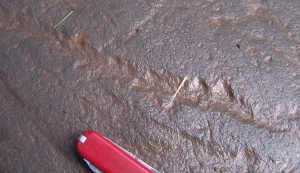
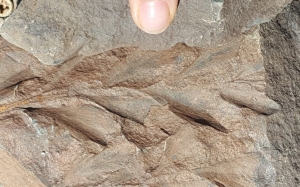
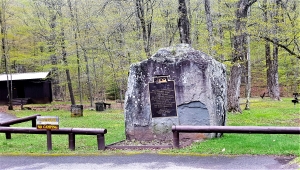

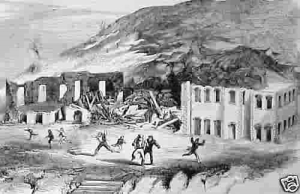
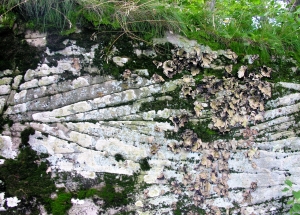
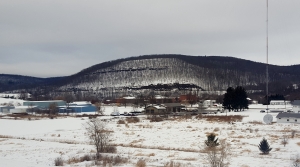
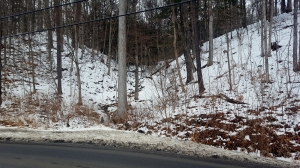
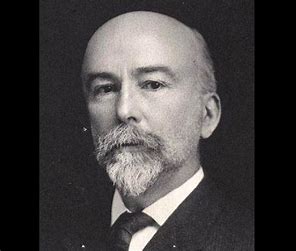 W.M. Davis
W.M. Davis